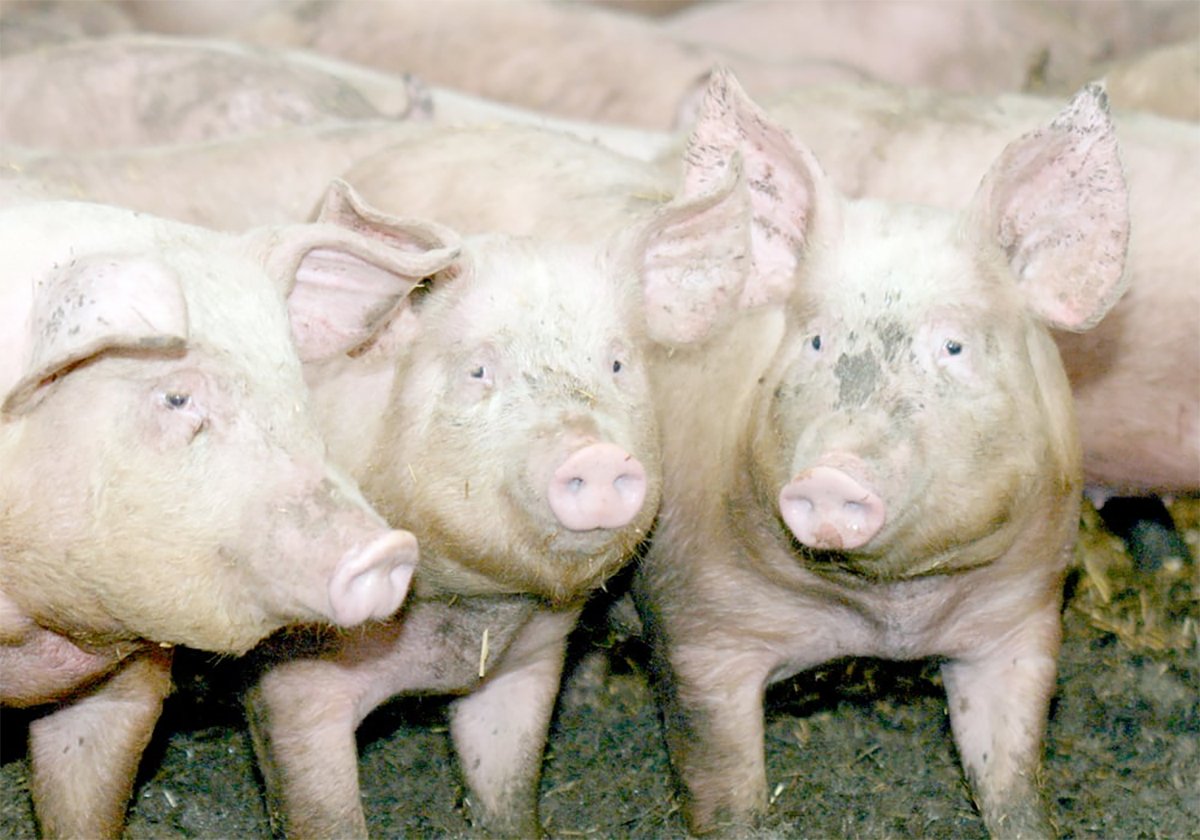BANFF, Alta. – If it looks like a cesspool and smells like a cesspool, then it probably is a cesspool.
That is the perception of the neighbors when a hog farmer doesn’t manage his sewage lagoon properly.
A Minnesota agricultural engineer said in his state, the trend is swinging away from earthen-lined sewage lagoons. People believe they smell and probably leak into the ground water.
“The days of earthen storage are numbered,” said Larry Jacobson at the recent Banff Pork seminar.
Some farms are installing deep pits under their buildings to hold manure while others are investigating covers for outdoor pits or effluent holding tanks.
Read Also

The Western Producer Livestock Report – November 13, 2025
Western Producer Livestock Report for November 13, 2025. See U.S. & Canadian hog prices, Canadian bison & lamb market data and sales insights.
These new ideas are all part of a number of international studies into odor problems from intensive livestock farms. It is a new field compared to determining how to grow a better pig, said Jacobson.
European countries like the Netherlands and Denmark have already introduced emission and odor control rules. But, “it is very difficult to regulate odors in North America,” he said.
However, Minnesota instituted stiff environmental regulations including emission controls more than 20 years ago.The state’s minimum standards for emissions are 30 parts per billion every half hour average at the property line. They are not to exceed this level more than twice in a five-day period.
Minnesota has benefited from stricter standards and has not experienced environmental pollution problems like North Carolina where critics consider hog farm development is out of hand.
“Producers know they can no longer meet minimum standards. The consensus is you have to exceed standards,” said Jacobson.
Research is expected to discover ways to reduce odor. More than 160 compounds including sulphur dioxide and ammonia have been identified in pig manure odor.
Jacobson quoted a year-long British study on one farm community. Of the more than 1,000 complaints about manure odor, more than half came when it was spread, a quarter complained about the smell from buildings and another large number complained about manure in storage.
Research shows lagoon covers reduce the ammonia emissions but the odor is still present. On the Prairies many producers spread straw on the lagoons and find it controls odors. In Denmark, smell and vapor are controlled with clay-fired balls about one to two centimetres (1Ú2 to 3Ú4 inch) in diameter that are blown on top of concrete storage tanks to a depth of about 20 cm (eight in.)
Terry Church, head of the Alberta Agriculture intensive livestock expansion and development team, said in this province, the most commonly used odor control is to build the farm far away from the neighbors so the smells are diluted. This minimum distance separation can limit expansion to existing farms.
At the same time, Alberta-based research is looking at technology to measure smells.
The electronic nose is a computerized machine that uses 32 different sensors to mimic the human ability to smell. It is being tested parallel with a panel of eight to 10 humans who sniff odorous air and determine how bad it really is.
Canadian pork producers along with government are attempting to form a national research network to look at environmental problems on a wider scale. So far, Alberta pork producers approved four projects to examine environmental problems stemming from intensive hog farming.















